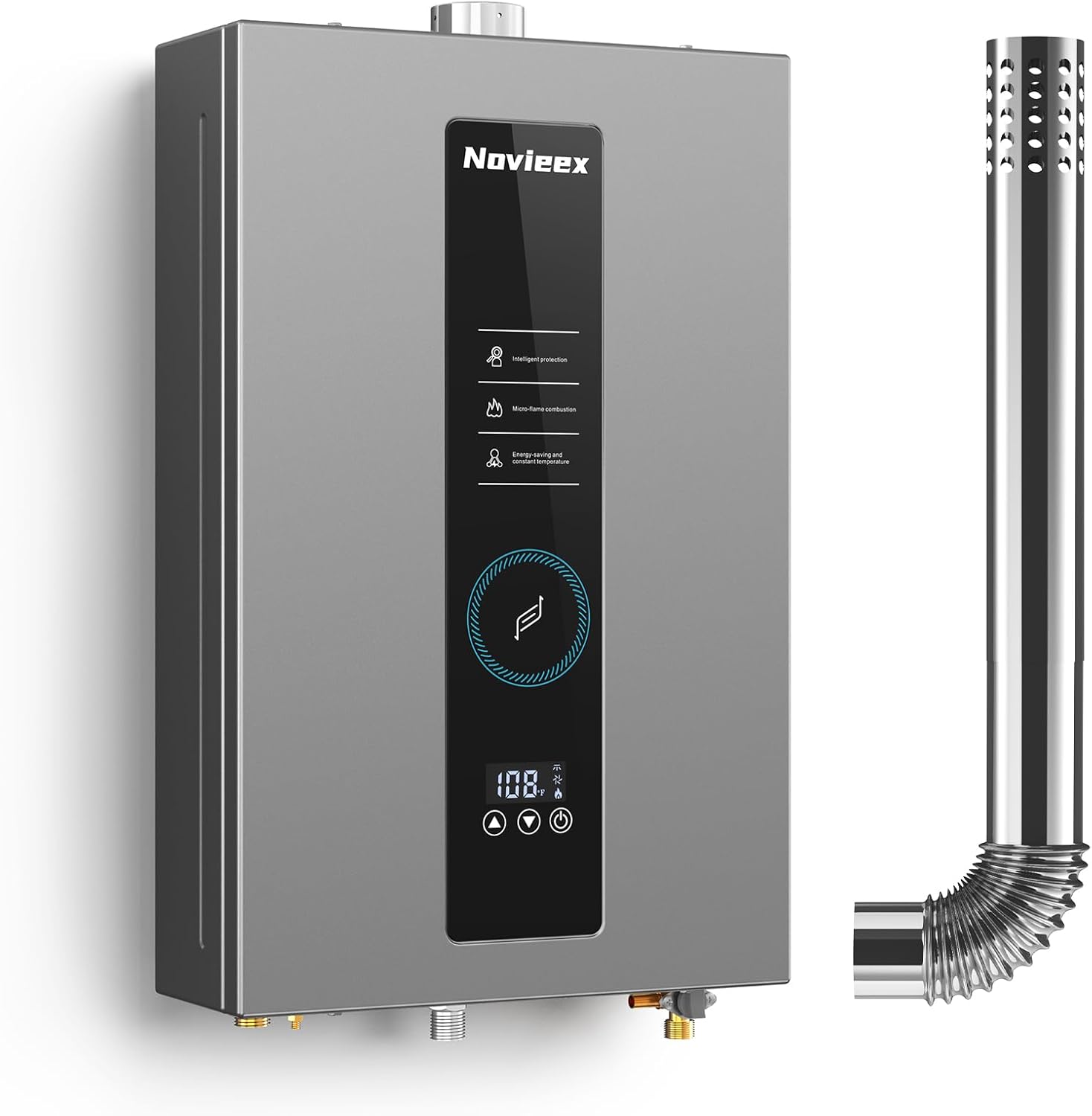Optimal HVAC temperature settings for efficiency are typically around 78°F (26°C) in summer and 68°F (20°C) in winter, balancing comfort and energy savings.
Optimizing your HVAC temperature settings can slash energy bills while maintaining comfort. The right thermostat strategy varies by season, home type, and lifestyle. This guide reveals expert-recommended settings and advanced techniques most homeowners overlook.

Ideal Temperature Settings by Season
Summer Settings (Cooling Season)
Set your thermostat to 78°F (26°C) when home and awake. Raise it to 85°F (29°C) when away for more than 4 hours. For sleep comfort, 82°F (28°C) with ceiling fans works well for most people.
Pro tip: Install a smart thermostat that automatically adjusts when you leave. Many models now include humidity sensors to prevent muggy conditions at higher temps.
Winter Settings (Heating Season)
68°F (20°C) is ideal when active at home. Drop to 62°F (17°C) during sleep hours. When away for extended periods, maintain at least 55°F (13°C) to prevent frozen pipes.
Warning: Homes with heat pumps require special consideration. Avoid drastic temperature swings which trigger inefficient emergency heat strips.
Shoulder Season Strategies
Spring and fall require dual-range settings:
- Cooling: Activate at 78°F+
- Heating: Activate at 68°F-

Advanced Efficiency Techniques
Thermostat Placement Matters
Improper location can waste 10-15% in energy:
| Bad Locations | Good Locations |
|---|---|
| Near windows | Interior walls |
| Behind furniture | 5ft from floor |
| In direct sunlight | Central living areas |
Zoning Systems for Large Homes
According to U.S. Department of Energy, multi-zone systems can reduce HVAC costs by 30%. Pair with smart vents for room-by-room control.
Equipment-Specific Considerations
Heat Pumps
Maintain consistent temperatures. Use thermostats designed specifically for heat pumps that minimize auxiliary heat use.
Radiant Floor Heating
These systems respond slowly. Program thermostats to begin warming 2-3 hours before needed.
Steam Heat
Install thermostats with anticipator settings to account for system lag time.
Smart Thermostat Features That Save
Modern units offer game-changing features:
- Geofencing – Adjusts when you leave/return
- Usage reports – Identifies waste patterns
- Weather adaptation – Pre-cools/pre-heats before extreme temps
- Remote sensors – Balances temperatures throughout home
For optimal performance, consider pairing with high-efficiency air filters that maintain airflow while capturing allergens.
Myth Busting: Common Misconceptions
Myth: Cranking the thermostat heats/cools faster
Truth: HVAC systems work at one speed – this only wastes energy
Myth: Maintaining one temperature is most efficient
Truth: Strategic setbacks save 5-15% according to DOE studies
Myth: Manual adjustments work as well as programmable thermostats
Truth: Most people forget to adjust manually, missing savings opportunities
Special Cases: Pets, Plants & Electronics
For homes with special considerations:
- Pets: Maintain minimum 60°F in winter
- Tropical plants: Keep above 65°F year-round
- Server rooms: Isolate and maintain 70-75°F
Use smart sensors to monitor these areas without compromising whole-home efficiency.

